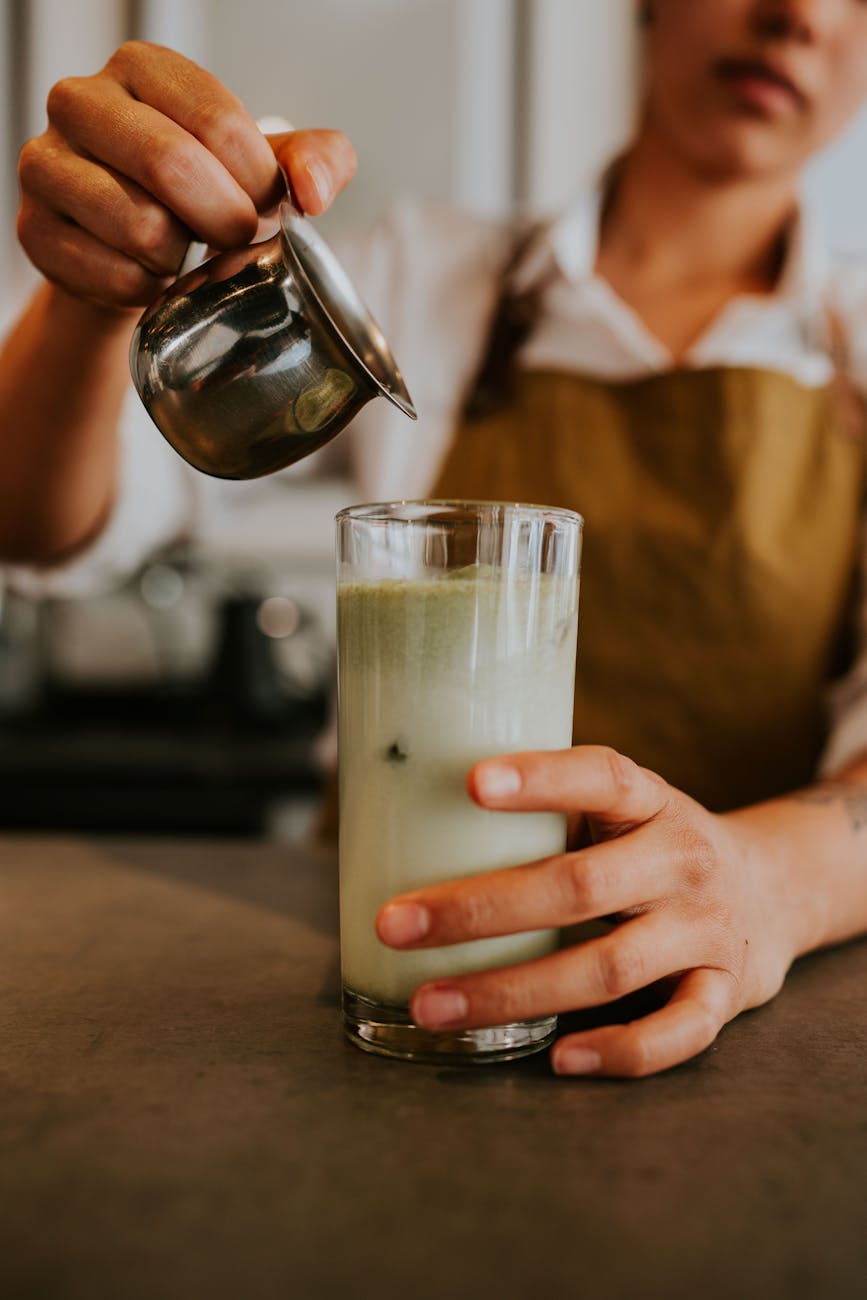Figuring Out Cooking Measurements
Getting the hang of cooking measurements can make or break your culinary adventures. Accurate measurements aren’t just a kitchen nicety; they’re the backbone of cooking if you want consistency. So whether you’re baking a cake or stirring up a stew, knowing how to convert measurements, like cups to grams of milk, can really simplify things.
Converting Cups to Grams for Milk
When you need to switch from cups to grams for milk, knowing the ropes of standard measurement can save you trouble. Here’s a quick rundown to keep you on track with milk:
| Cup Size | Grams of Milk |
|---|---|
| 1 cup | 240 grams |
| 3/4 cup | 180 grams |
| 1/2 cup | 120 grams |
| 1/3 cup | 80 grams |
| 1/4 cup | 60 grams |
Using a kitchen scale brings precision, especially when a recipe insists on exact amounts. It’s more reliable than eyeballing with measuring cups, since liquids like milk can vary a bit, which might throw off your dish’s texture.
For more juicy tidbits on cooking conversions and using milk, mosey over to our article on how many grams are there in a cup. Picking up these skills not only ups your cooking game but makes your kitchen time a breeze.
How Many Grams in a Cup?
Cooking and baking can be like a science experiment in your kitchen where playing by the rules gets you those perfect cookies your mouth’s been watering for. One key rule? Measuring your ingredients right. This means diving into the wild world of converting things like milk from cups into grams. Sound fancy? It’s not really, but getting it bang-on sure makes a difference.
The Standard Conversion for Milk
So, how heavy is your milk in a cup? Turns out, it depends slightly on what moo-juice you’re using. Here’s a quick cheat-sheet to make you look like a kitchen genius:
| Type of Milk | Grams in 1 Cup |
|---|---|
| Whole Milk | 240g |
| Skim Milk | 245g |
| Almond Milk | 240g |
| Soy Milk | 240g |
| Coconut Milk | 240g |
You see, not all milks glug the same. Tiny differences in the density of milk can mix things up a bit. Want to keep your cakes and soups from going rogue? Invest in a digital kitchen scale. Trust us, it’s like having a sidekick who’s got your back.
Tips for Precision in Measuring Milk
Want to avoid ending up with a batch of bread that’d make a perfectly good doorstop? Here’s how to measure like a pro:
- Give your milk a little shake before you pour, ensuring everything’s mixed up just right.
- Use a proper liquid measuring cup – that’s the one with the spout – not Grandma’s ancient teacup.
- Make sure you look at the liquid eye-level when you’re measuring, stop the overflow!
- Remember that different milks pack differently, gotta know your almond from your whole.
- Stick to your method each time – consistency means no surprises later on.
Knowing how to convert milk into grams without breaking a sweat will help you confidently tackle any recipe. Practice these tips and watch as your creations turn from good to downright delicious. For more handy tips and tricks when cooking, check out our detailed guide on measurements for cooking.





